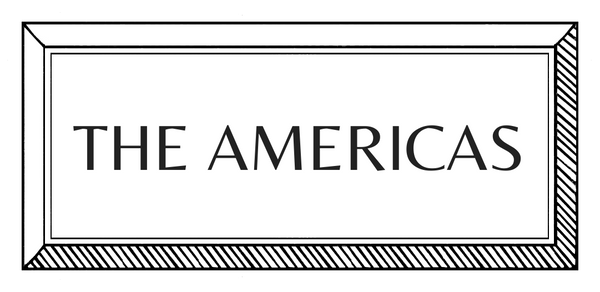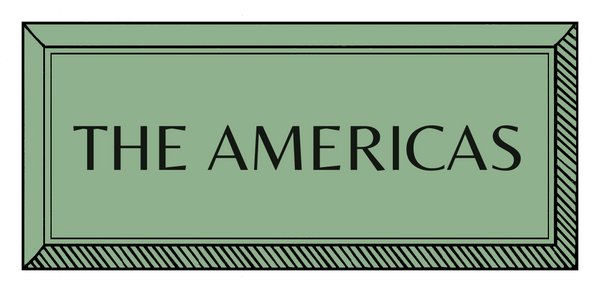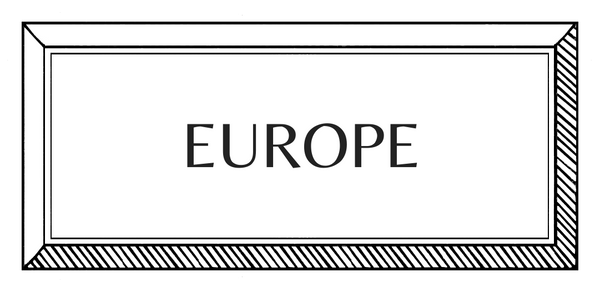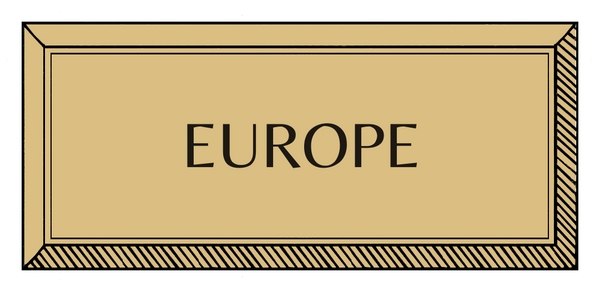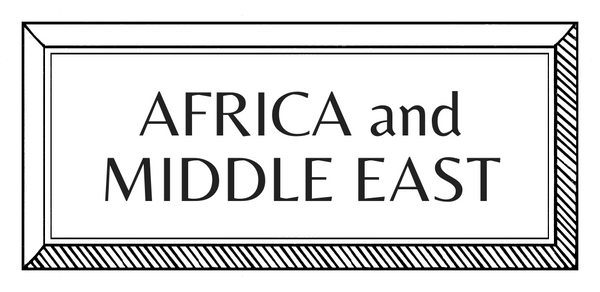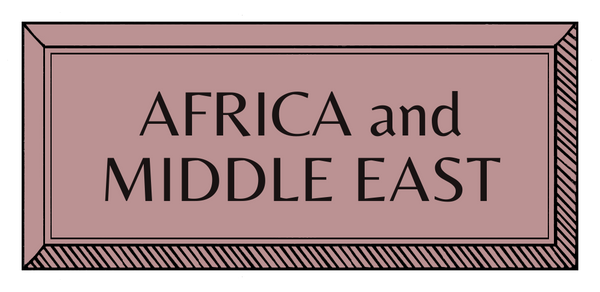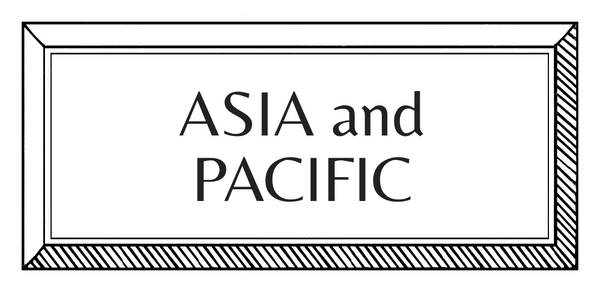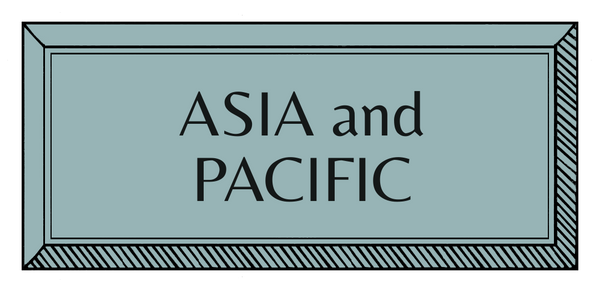MAKERS | EUROPE | ITALY | WAX
Davide Furno | Wax Worker

At the age of 40, Davide Furno discovered an extravagant and irresistible collection at the Fruit Museum in Turin, created using the lost wax technique with (currently illegal) 19th century materials, such as Smyrna wax, cachalot fat and lead paint. Attempting to recreate these small wax sculptures, and this forgotten technique, became his vocation. Davide's most popular creations are individual fruits placed on elegant turned wooden pedestals, equipped with a handwritten label and packaging inspired by 19th century apothecaries. But his creations can also be very complicated: clusters of fruit, cornucopias and dangerously balanced compositions.
How did you begin?
It began with a chance discovery: my sister - director of a botanical garden - mentioned the Fruit Museum in Turin, [which holds] hundreds of apples, pears, peaches, apricots, plums, [and other fruits] made in the 19th century by Francesco Garnier Valletti using the wax-plastic technique. In 2001, this bizarre, extraordinary pomological collection had to change location and, in the turmoil caused by the move, news of its existence spread. In those days I worked in advertising and in my spare hours I experimented with little-known craft techniques, such as artificial marble or old-fashioned gilding. Realizing that no one knew the savoir-faire behind Valletti's work made me terribly curious, and an exciting period of research and experimentation began. Initially it was a hobby, which gradually took over until it became my full-time job.
It was not only a matter of becoming familiar with a complex manual technique, but identifying the recipes and procedures all over again, to achieve a similar result to the one whose secrets had fallen into oblivion. And to think that it all started from a casual hint – my sister telling me about this lost technique because she saw me playing with my daughters making fake fruit at our kitchen table!

How did you learn?
My starting point was both the finished work and a text, at times hermetic and difficult to decipher, written by one of Garnier Valletti's five pupils, Michele Del Lupo. The first obstacle was the unavailability of the book, which I eventually found, with great emotion, in France. Afterwards, as I studied the recipe books, the cooking tips and the instructions for the various steps, I ended up having to admit that the master's judgement on his student was severe but correct: Garnier Valletti had reproached Del Lupo for attempting to write the book too early, when his technique was still clumsy.
It took me about two years (when I was still not working full-time on the subject) to arrive at a satisfactory result, and much longer to approach the creations by relying on my own inventiveness instead of rigidly copying Valletti. In the process, the Fruit Museum team had become an ever-present interlocutor. They sent me all the specialised documentation they could find, and I reciprocated by updating them with the results of my experiments. And another nice encounter that helped facilitate my learning was with a passionate park ranger, now retired, who had planted an apple orchard with old and rare trees... thus giving me the opportunity to copy exactly the same apples made by my predecessor.

How do you plan, prepare and create?
From the moment I start working on it, a fruit takes about two and a half months to complete. My fake is always an exact copy of a real fruit that I have had in my hands, so one has to consider the issue of seasonality. There are hectic periods when the fruit arrives to me in crates, more or less all at once, and I have to work day and night to prevent them from rotting (or simply changing) before I have weighed them, taken the colour references and obtained the cast. The cast reproduces either the whole fruit or its components (in the case of grapes, it has to be made for each individual berry), after which it is covered with a special varnish capable of retaining the color on top of the wax (which in its raw version is dark, slippery and too water-repellent to be compatible with normal painting techniques).
The coats of color are normally between eight and twelve, and in certain special cases I add ‘the rust’ of the fruit. Finally, I can proceed to high-temperature glazing. At this stage in my professional career, I am proud to say that I have patented a recipe of my own that is free of animal fats, but with ingredients that are compatible with the historical period of reference. Breaking away from the master's recipes was not an easy decision, but it reassures me to use substances with a better environmental impact. The absolute last step is the grafting of the stalk.

Who or what most influences your work?
I started with apples without thinking too much about their enormous symbolic significance; simply because I was following Garnier Valletti. Having no training as a botanist, realising the infinite variety of apples was a revelation. And I still don't get tired of it – in fact I regret not having come to this wonderful profession sooner. Accumulating experience, I started to dare more and now, on request, I also make rotten fruit or fruit with specific diseases. Garnier Valletti worked, prospered and became famous in the courts of cold cities, such as Vienna and St Petersburg, because fresh fruit [was difficult to source there] and had the 'preciousness' of the exotic. The great visual power of Valletti's creations [won me over in the first place].

Where do you work?
I must admit that I work in a spectacular setting. It is a historic villa in the province of Biella, famous for its esoteric library, no longer inhabited by the owners for over fifty years, with a vast park where I can draw for my fruit. It was the owner, a lover of the arts, who offered me this space to use as a studio, and having an entire villa at my disposal solves the problem of storage quite well!
Often after hours concentrated at the workbench I ‘emerge’ and find a deer or a boar outside the door. In essence, I do a wonderful job in a wonderful place.
One more thing... What music do you listen to while you work?
I don't want to sound like an eccentric, but mostly baroque music! Especially Bach and Nicola Porpora.
Interview by Sara Pierdonà
Images from Obiettivo Sabato








